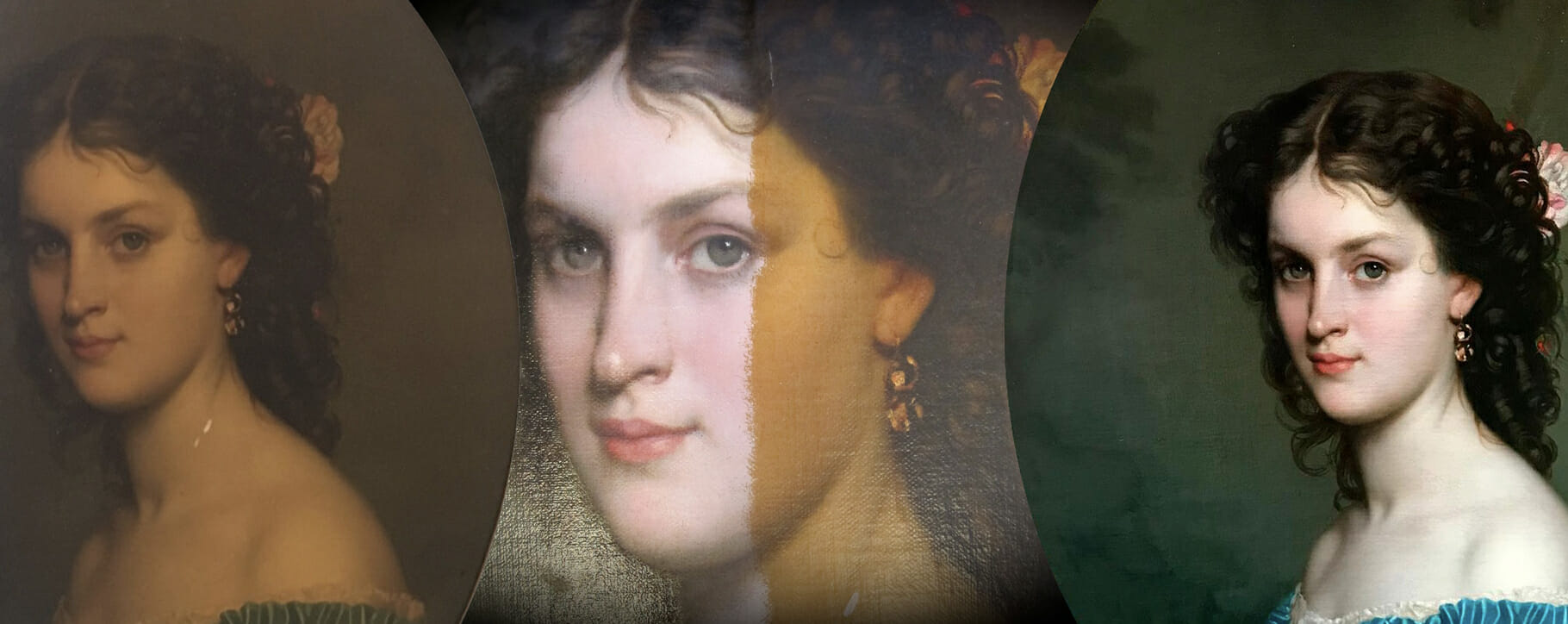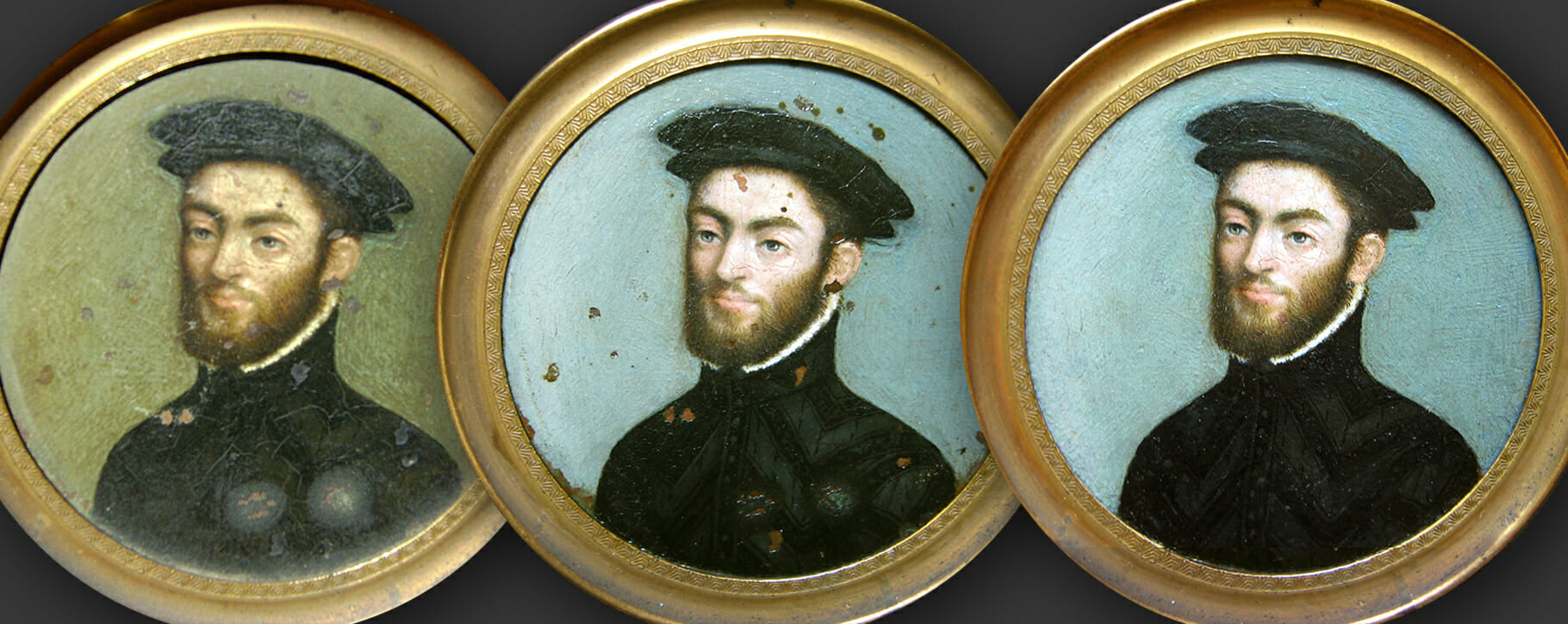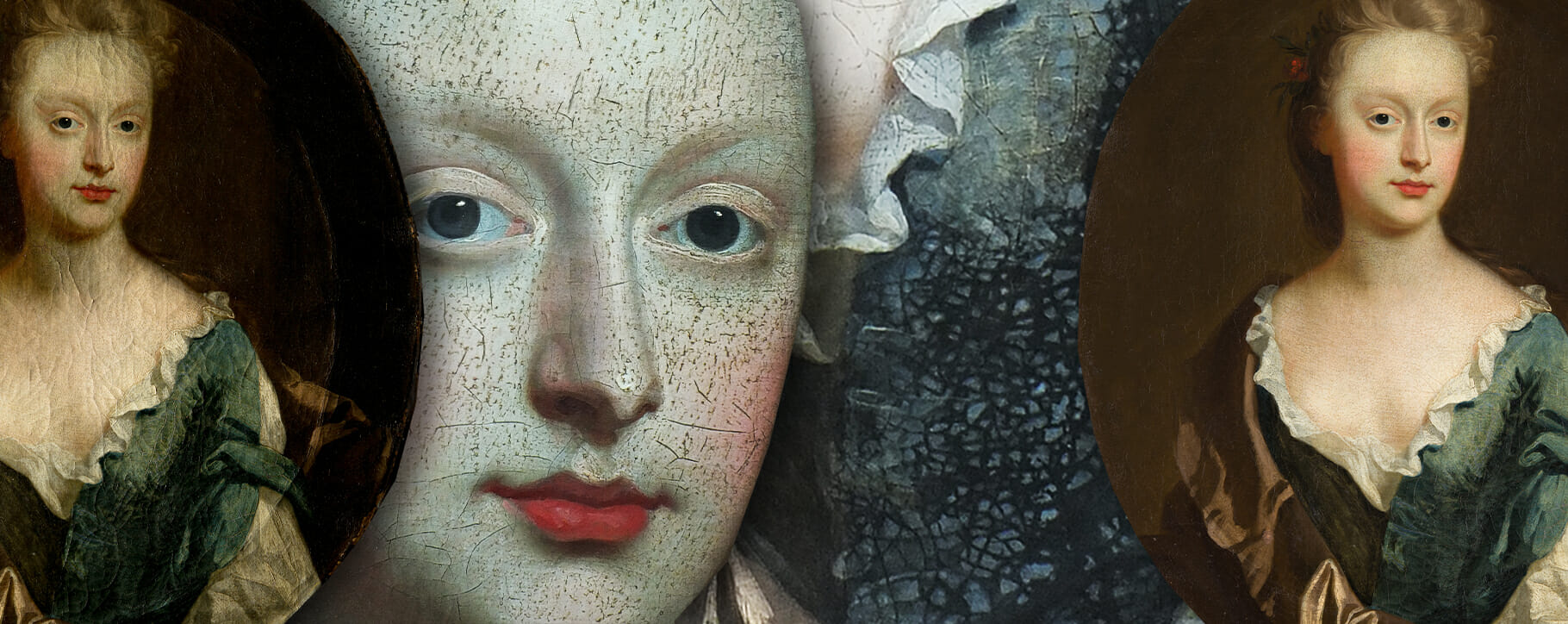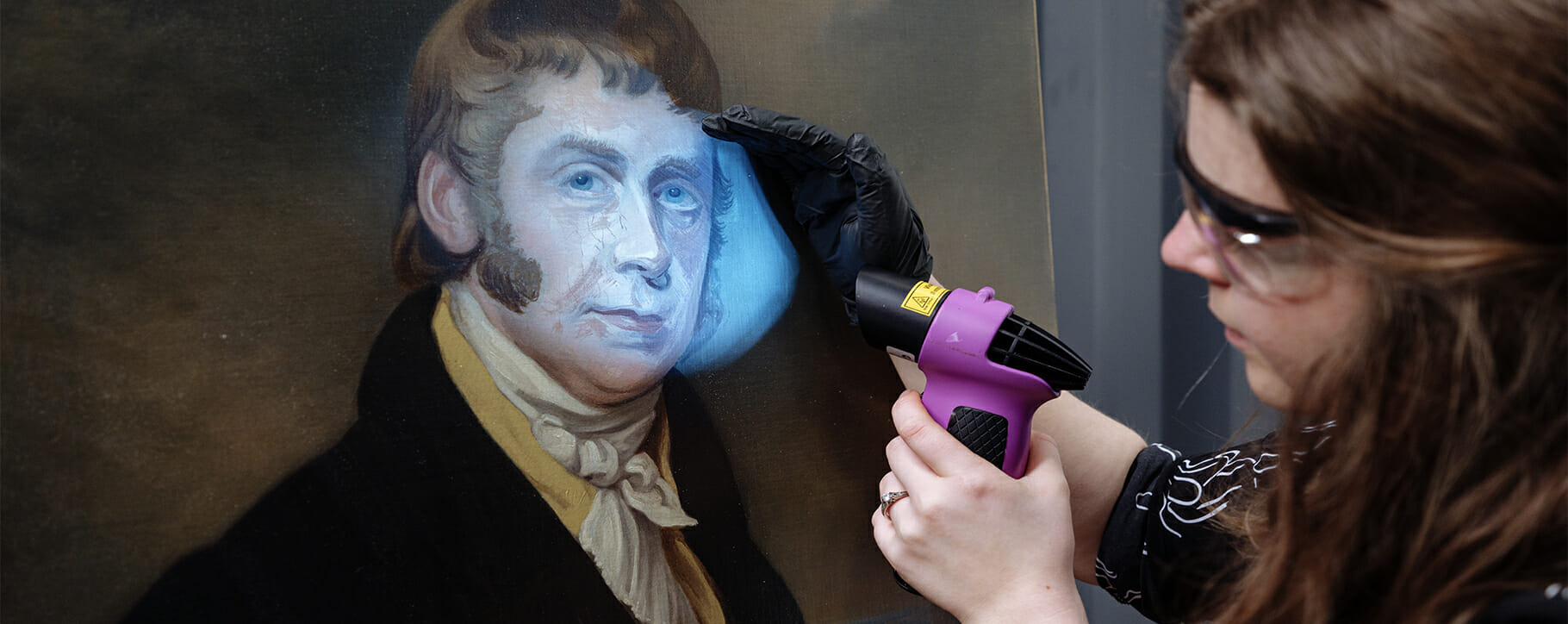Like all of us, paintings age. And as they get older they begin to get a little worn and in need of a little extra care. Should we help them maintain their youthful good looks for longer or let them age gracefully? There are many reasons why we should look after our artwork, finding a way to maintain their historical integrity, whilst avoiding letting them perish entirely.

Many people are so used to seeing their favourite paintings with the cracked pigment and yellowing varnish, they might say it’s all part of the charm. It might seem anachronistic to alter the lines which show their old age, but as a treasured piece with personal and historical importance, this could lead to a devastating and costly future.
As time goes on these fine cracks will get worse, to the point that the damaged layers may be a lot more difficult to reverse. This may lead to the paint falling away from the canvas, and the more disruption to the paintwork, the more consolidation will have to take place. The further the ageing process continues, the less a future conservator might be able to save the original work in its entirety, adding specialist pigments to fill gaps. The sooner restoration can take place, the sooner it can be treated with 21st Century conservation methods, this will keep it from altering further and allow it to keep it’s fully original features.

Tainted varnish will get darker, sometimes to the point where intriguing parts of a scene are entirely missing. You may have an oil portrait of a lady, but never know that she’s actually got a background filled with intricate interior details. Nicotine and smoke-stained oil paintings also have a significant alteration to their original context, the artists’ intentions lost beneath years of darkened discolouration.
Hidden factors also creep in, with a lot of older artworks infested with mould spores inside the canvas, in some cases they might be slowly eaten from the inside by pests. These can only be treated with specialist conservation solutions, such as our Ozone machine, which will remove the danger whilst maintaining the artwork. Environmental changes in transit, especially when moving climates, can warp and alter them further. All of these common factors signal towards deterioration.

Restoration work is always sympathetic and sensitive to the historical integrity of the piece. No part of the painting will be altered, all new pigments to fill lost paintwork and varnish are fully reversible. This means that as an artefact they will never be confused with the original work and that in future any further restoration work can take this off again to complete repairs. This results in a flawless finish, which takes into careful consideration of the importance of art history.
We do not always associate bold colours and clarity with the more antique parts of our artwork, but the vivid original pigments were the artist’s intention and can always be brought back to life through careful specialist practices. Restoration and conservation of oil paintings complete an important process, providing a health check and revival for a painting. This ensures these beautiful glimpses into history remain radiant and intact for decades to come.

If you have a painting suffering from any of the above issues please contact us to find out how we can help or a no-obligation quote.






